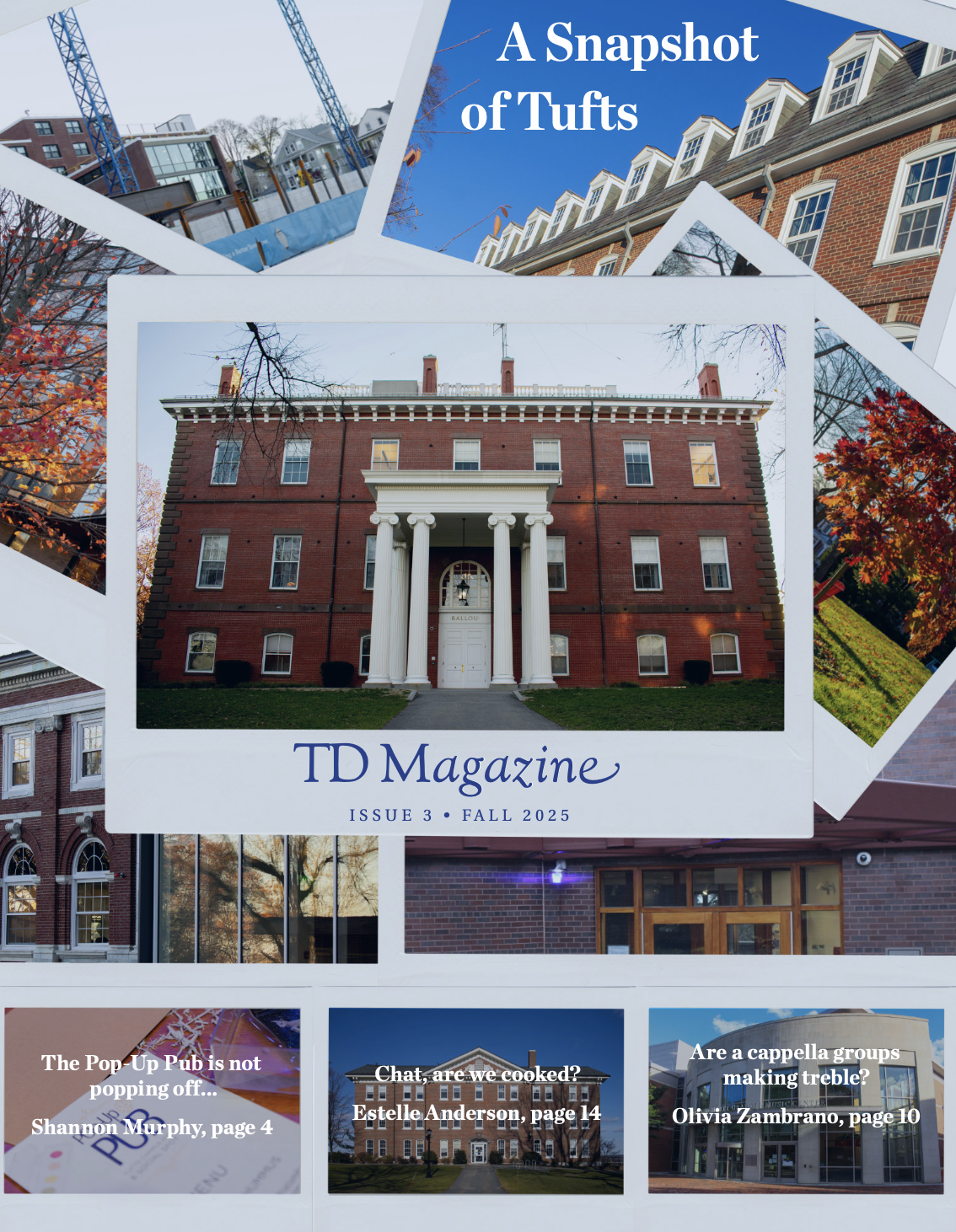The Tufts University Office of Undergraduate Admissions admitted 347 Early Decision I applicants last month, as it began to select the Class of 2013. The university accepted over 12 percent more students than it did during this round of applications last year, despite choosing from a similarly sized pool.
This year's accepted students "posted the strongest Early Decision I academic profile in Tufts' history," Dean of Undergraduate Admissions Lee Coffin told the Daily in an e-mail.
Among the accepted Early Decision I students, who Coffin called "strong and promising," 80 percent rank in the top 10 percent of their high school classes. In addition, the average SAT score reached a record high of 2128 across all three of the test's sections, a 28-point jump from last year's average.
Thirty-eight percent of students applied for financial aid this time around, the same as last year, Coffin said. The university was able to maintain its unofficial need-blind admissions policy in the application process.
The admissions office will not publicize the number of Early Decision applications it received, in accordance with a policy that it enacted last year to curb high school students' anxiety over Early Decision admissions.
Coffin did note, though, that this year's Early Decision I pool was "exactly" the same size as last year's.
"It is my impression that many of the [New England Small College Athletic Conference schools] experienced a similar pattern," he said. "Non-binding Early Action colleges saw large increases this year, but the binding options were not as popular."
Coffin attributes the lack of growth in the Early Decision pool to many families' newly limited finances. Since Early Decision I and II are binding regardless of whatever financial aid package the university offers an applicant, many students instead opt to apply under the non-binding Regular Decision process.
"The economic crisis is clearly on the minds of many students and their parents, and many families weigh the binding ED [Early Decision] option in a very deliberate way, especially if financial aid was an element of their decision," he said. "Not surprisingly, some told us that while Tufts is their clear first choice, they are applying during Regular Decision so that they can compare their financial awards."
Need-blind admissions, in which a student's ability to pay is not considered, was first truly implemented for the selection of the Class of 2011. The university has held off making it the official policy, though, until financial backing can be guaranteed.
Last October, in response to the deepening economic crisis, University President Lawrence Bacow said that Tufts would prioritize financial aid, promising to meet the needs of all previously admitted undergraduates. At the same time, administrators cautiously pledged to try to continue the need-blind policy, although they made no guarantees.
Even though the university had the opportunity to admit all qualified Early Decision I applicants regardless of their ability to pay, it may be as late as March until the administration knows for sure whether the admissions office will be able to admit the entire Class of 2013 through a need-blind process. The policy remains the primary goal of Tufts' ongoing $1.2-billion capital campaign, Beyond Boundaries.
The university offers three main types of undergraduate admissions paths: Early Decision I and II, both binding, and non-binding Regular Decision. For the Class of 2013, Early Decision I applications were due on Nov. 1; the last day to submit Early Decision II and Regular Decision applications was Jan. 1. Transfer students will apply later in the
spring semester.
Early Decision II outcomes will be released on Feb. 5, and Regular Decision results will come out later in the spring. Even though it is still too early to tell, Coffin said that he expects to see a drop in Regular Decision applications from last year, which he also attributes to the financial crisis.
"We are still counting, but it looks like we have 15,010 or so [Regular Decision] applicants, down four percent from last year's record high of 15,641," Coffin said. "Early reports are that many places have decreases in Regular Decision, and that is true at Tufts."
Even so, Coffin said that he is happy with the Regular Decision numbers thus far. "Considering the economy, that volume is very reassuring," he said.





